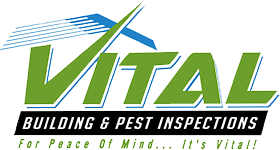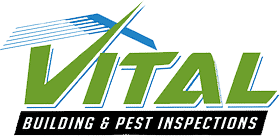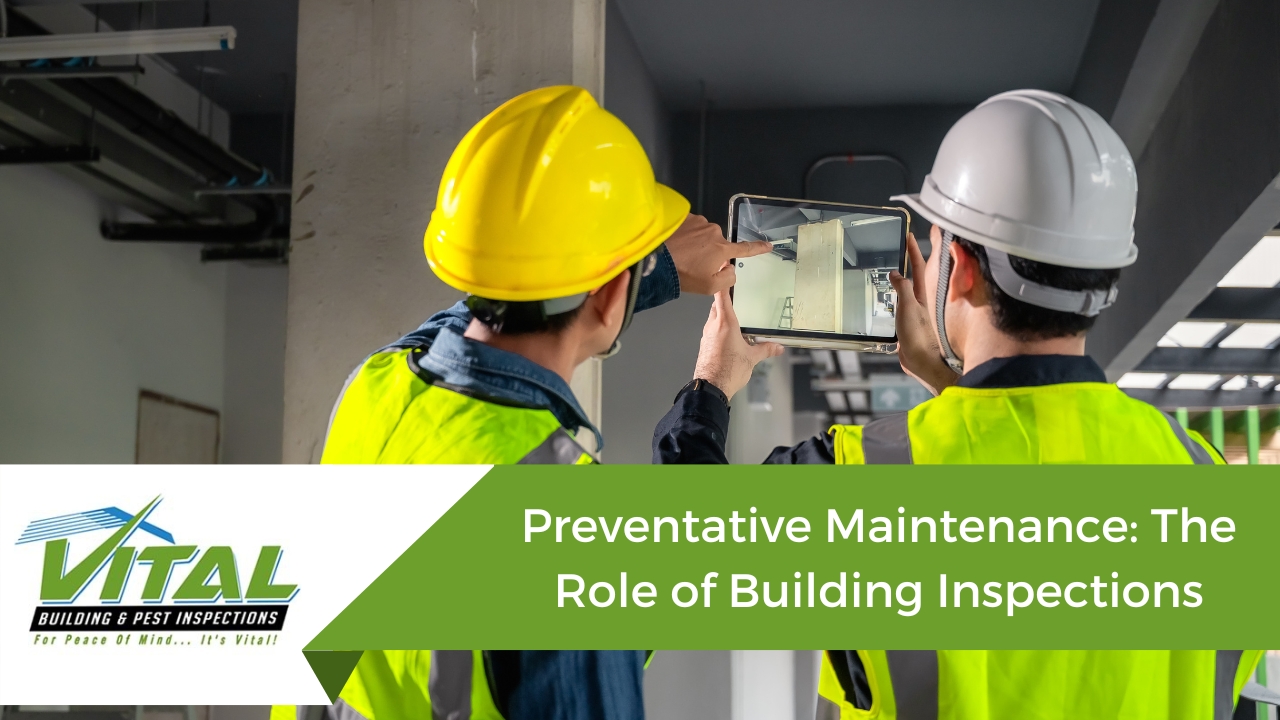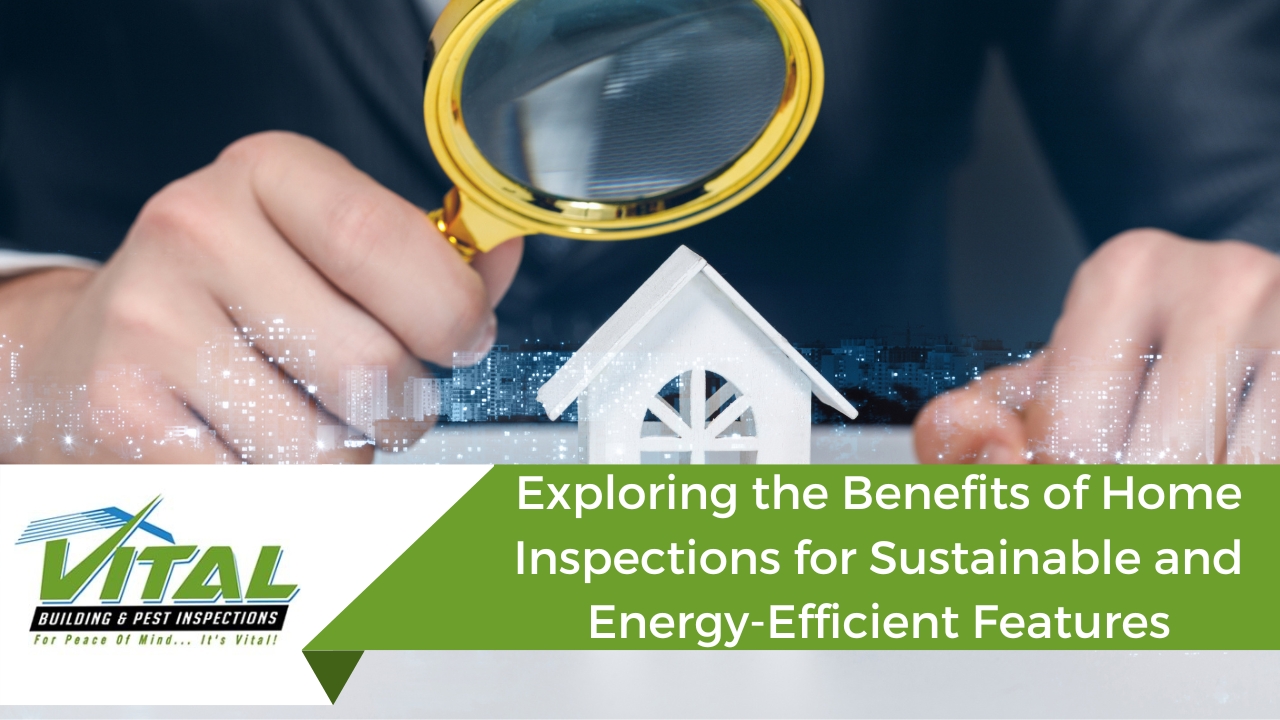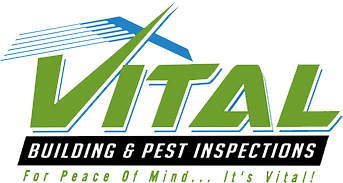Maintaining the condition of your building can be a daunting task. Fact is, regular inspections and preventative maintenance are key components to ensuring it remains in optimal shape. This blog will navigate you through understanding why preventative maintenance matters, its different types and how building inspections play a crucial role in it all.
Let’s dive into enhancing the longevity and efficiency of your property!
Key Takeaways
- Regular building inspections are crucial for preventative maintenance as they help identify potential issues before they become major problems.
- Preventative maintenance reduces repair costs by addressing minor issues early on, preventing them from escalating into costly repairs or replacements.
- Building inspections play a key role in maintaining building standards and ensuring the safety, efficiency, and overall value of your property.

The Importance of Preventative Maintenance
Preventative maintenance is crucial as it prevents major building damage, identifies necessary services or further inspections, reduces cost for repairs and maintains building standards.
Prevent major building damage before it happens
Preventing major building damage before it happens is an integral part of preventive maintenance. As a homeowner, this involves conducting regular and routine inspections to identify potential problems early on.
These checks cover all aspects of your home, from the roof down to the foundational structures. A tiny crack or leak might not seem like much now, but when ignored, they can snowball into considerable issues that may require extensive repairs or replacements.
By focusing on identifying these minor problems during scheduled inspections, you help safeguard your home’s structural integrity while ensuring optimal performance of its systems. This approach ultimately keeps repair costs low and extends the lifespan of almost every aspect of your residence.
Not only does preventive maintenance save money in the long run — it also provides peace of mind by reducing unexpected shocks caused by sudden equipment failures or emergency repairs.
Identify necessary services or further inspections
Building inspections play a crucial role in preventative maintenance as they help identify necessary services or further inspections that may be needed. These inspections allow homeowners to proactively address any potential issues before they escalate into major problems that are more costly and time-consuming to fix.
By conducting regular building inspections, homeowners can detect signs of wear and tear, identify areas that require cleaning or repairs, and determine if any equipment needs servicing or replacement.
This proactive approach ensures that necessary maintenance tasks are addressed promptly and helps prevent unexpected breakdowns or failures. Overall, identifying necessary services or further inspections through building inspections is an essential part of preventive maintenance to maintain the longevity and efficiency of your home.
Reduce cost and expenses for repairs
Preventive maintenance plays a crucial role in reducing costly repairs and expenses for homeowners. By proactively inspecting and maintaining your building, you can prevent minor issues from escalating into major problems that require significant financial investments to fix.
Regular inspections help identify potential issues early on, allowing for timely repairs or replacements before they become more expensive and disruptive. This proactive approach not only saves you money but also helps extend the lifespan of your property’s assets, ensuring they continue to function efficiently without unexpected breakdowns.
With preventive maintenance, you can safeguard your home while keeping repair costs at bay.
Maintain building standards
Regular building inspections are essential to maintaining the standards of your property. By conducting routine maintenance checks, you can ensure that your building meets all necessary regulations and requirements.
This not only guarantees the safety and functionality of your space but also helps you avoid any potential legal issues or penalties. Additionally, regular inspections allow for early detection of any structural or equipment problems, allowing for timely repairs and preventing further damage down the line.
By keeping up with building standards through maintenance inspections, you can ensure that your property remains in top-notch condition for years to come.
Appraise the value of the building and property
Regular building inspections play a vital role in preventative maintenance by helping home owners appraise the value of their properties. By conducting routine maintenance inspections, potential issues can be identified and addressed early on, ensuring that any necessary repairs or services are carried out promptly.
This proactive approach not only helps maintain the overall standards of the building but also contributes to enhancing its value in the long run. Additionally, regular assessments for service can provide home owners with valuable insights into any potential areas of improvement that could further enhance the property’s value.
Overall, these preventive measures help homeowners protect their investments and ensure that their buildings remain in optimal condition for years to come.

Different Types of Preventative Maintenance
There are three different types of preventative maintenance: time-based maintenance (TBM), usage-based maintenance (UBM), and failure-finding maintenance (FFM).
Time-Based Maintenance (TBM)
Time-Based Maintenance (TBM) is one of the different types of preventative maintenance strategies that play a crucial role in ensuring the longevity and efficiency of buildings. With TBM, maintenance tasks are scheduled based on time intervals rather than equipment performance or usage.
This means that specific inspections, cleaning, replacements, and repairs are carried out at regular intervals to prevent minor issues from escalating into major problems. By adhering to a time-based maintenance program, home owners can ensure that their properties receive the necessary care and attention they need to operate smoothly and avoid costly emergency repairs.
Furthermore, TBM helps increase energy efficiency, improve safety standards, and enhance customer satisfaction by maintaining pristine building spaces.
Usage-Based Maintenance (UBM)
Usage-Based Maintenance (UBM) is a type of preventative maintenance that focuses on monitoring equipment and assets based on their usage patterns. With UBM, the maintenance schedule is determined by how often the equipment or asset is used rather than being time-based.
This approach ensures that maintenance tasks are performed at the right intervals to prevent unexpected failures and minimize downtime. By closely tracking usage, home owners can optimize their maintenance efforts, address potential issues promptly, and prolong the lifespan of their valuable assets.
Failure-Finding Maintenance (FFM)
Failure-Finding Maintenance (FFM) is an important aspect of preventative maintenance that home owners should be aware of. FFM involves actively inspecting equipment and systems for signs of potential failure before they occur, helping to prevent unexpected breakdowns and costly repairs.
By conducting regular inspections and tests, homeowners can identify any early warning signs or issues that may otherwise go unnoticed until it’s too late. This proactive approach not only helps to extend the lifespan of your assets but also ensures the safety and efficiency of your building.
So, don’t wait for problems to arise – implement Failure-Finding Maintenance as part of your overall preventative maintenance program to keep your property in top shape!

The Role of Building Inspections in Preventative Maintenance
Building inspections play a crucial role in preventative maintenance by conducting routine assessments, identifying potential issues, and ensuring the overall health and safety of buildings.
Routine maintenance inspections
Routine maintenance inspections are an essential part of preventative maintenance for buildings. These inspections involve regular checks to ensure that everything is in good working order and identify any potential issues before they become major problems.
By performing routine maintenance inspections, homeowners can prevent costly repairs down the line and keep their building in prime condition. These inspections often include visual assessments, cleaning, replacements, and repairs as needed to address minor issues and minimize downtime.
By staying on top of routine maintenance, homeowners can save money by avoiding expensive emergency repairs and equipment failures while ensuring the longevity and efficiency of their building assets.
Annual inspections
One crucial aspect of preventive maintenance for homeowners is annual inspections. These inspections are a proactive way to identify potential issues before they become major problems. By conducting regular yearly checks, you can ensure the longevity and efficiency of your home’s assets and infrastructure.
During these inspections, professionals will thoroughly examine all aspects of your property, from electrical systems to plumbing and structural integrity. This comprehensive evaluation helps prevent costly emergency repairs down the line while keeping your space in pristine condition.
With annual inspections as part of your preventive maintenance program, you can stay on top of any necessary repairs or replacements and maintain the optimal performance of your home.
Assessment for service
Building inspections play a crucial role in preventative maintenance by providing an assessment for necessary services and repairs. These assessments help identify potential issues before they turn into major problems, saving homeowners both time and money.
By conducting routine maintenance inspections, professionals can detect any hidden defects or wear and tear that may affect the building’s overall condition. This allows homeowners to address these issues promptly, preventing emergency repairs in the future.
Additionally, assessments for service ensure that all equipment is functioning optimally, avoiding any unexpected breakdowns or disruptions. With regular building inspections as part of a preventive maintenance program, homeowners can keep their properties in top shape while minimizing costly repairs and ensuring peace of mind.

Benefits of Preventative Maintenance for Buildings
Preventative maintenance for buildings offers numerous benefits, including reduced repair costs, increased energy efficiency, improved safety, and enhanced customer satisfaction. Discover how these advantages can positively impact your property’s value and overall functionality.
Reduced repair costs
One of the key benefits of preventative maintenance is the significant reduction in repair costs. By implementing regular inspections and maintenance routines for your building, you can identify and address minor issues before they escalate into major problems that require expensive repairs.
This proactive approach allows you to fix small faults promptly, preventing them from causing further damage or impacting other parts of your property. Not only does this save you money on costly repairs, but it also helps extend the lifespan of your building’s assets and infrastructure.
With preventative maintenance, you can keep your expenses in check while ensuring the longevity and efficiency of your home.
Increased energy efficiency
An important benefit of preventative maintenance for buildings is the increased energy efficiency it provides. Regular upkeep and inspections help ensure that all systems, such as heating and cooling, are running optimally, reducing energy wastage.
By identifying and addressing any issues early on, you can keep your home operating at peak performance levels while also saving on utility bills. In fact, studies have shown that a well-executed preventive maintenance program can lead to significant energy savings over time.
So not only does preventative maintenance help you avoid costly repairs, but it also helps promote sustainability by making your home more energy-efficient.
Improved safety
Maintaining the safety of your building is crucial, and preventative maintenance plays a significant role in achieving this. Regular inspections help identify potential hazards or issues that could compromise the safety of occupants or visitors.
By addressing these concerns promptly, you can prevent accidents and injuries from occurring. Additionally, routine maintenance ensures that safety systems such as fire extinguishers, emergency exits, and alarm systems are functioning properly, providing peace of mind for everyone inside the building.
Taking proactive measures to improve safety not only protects individuals but also helps you comply with building codes and regulations set forth by authorities.
Enhanced customer satisfaction
One important benefit of preventative maintenance for buildings is enhanced customer satisfaction. When you take proactive steps to maintain your property, it ensures that everything is in good working order and looks its best.
This creates a positive experience for your customers, whether they are tenants or visitors.
By regularly inspecting and maintaining different aspects of the building, such as the HVAC system, electrical wiring, plumbing, and overall cleanliness, you can address any potential issues before they become major problems.
This means fewer disruptions or inconveniences for your customers.
Additionally, regular maintenance helps to improve safety within the building. By identifying potential hazards early on and taking corrective measures promptly, you create a safe environment where your customers can feel secure.
Furthermore, well-maintained facilities tend to have better energy efficiency. Through routine inspections and necessary repairs or upgrades to systems like insulation and lighting fixtures, you can reduce energy waste and lower utility costs.
This not only benefits the environment but also allows you to provide more affordable services to your customers.
Conclusion
In conclusion, preventive maintenance plays a critical role in keeping buildings in top-notch condition. Building inspections are essential for identifying potential issues before they escalate into major problems, reducing repair costs, increasing energy efficiency, and ensuring the safety of occupants.
By implementing a well-executed preventive maintenance program that includes regular building checks and assessments, property owners can ensure the longevity and pristine condition of their valuable assets.
Don’t wait for emergencies to strike; invest in preventative maintenance today!
